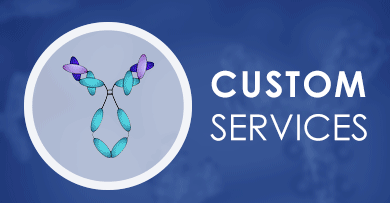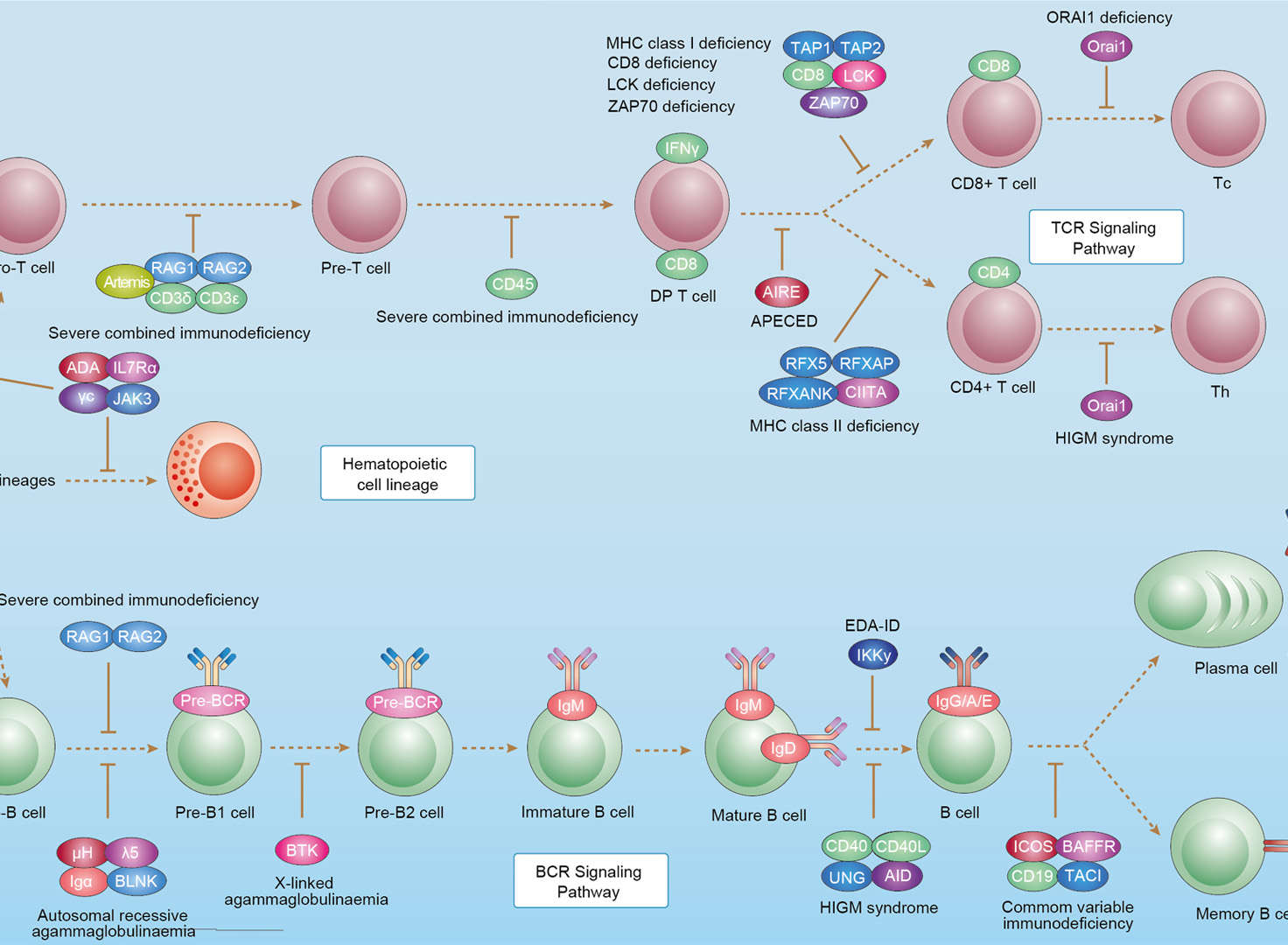+ Filter
 Loading...
Loading...

UNG
 Loading...
Loading...Anti-UNG Products
- Mouse Anti-UNG Recombinant Antibody (clone 42C1) (MOB-2058z)
-
- Derivation: Mouse
- Species Reactivity: Human
- Type: Mouse IgG2b, κ
- Application: WB, ELISA
-
- Species Reactivity: Human
- Application: ELISA, WB
- Mouse Anti-NHP UNG Recombinant Antibody (clone OTI1G2) (VS-1024-XY531)
-
- Species Reactivity: Human, Non-human primate
- Type: Mouse IgG2b
- Application: WB, IHC
- Anti-UNG Immunohistochemistry Kit (VS-0325-XY2438)
-
- Species Reactivity: Human, Mouse, Rat
- Target: UNG
- Application: IHC
- Anti-Mouse UNG Immunohistochemistry Kit (VS-0525-XY7751)
-
- Species Reactivity: Human, Mouse, Rat
- Target: UNG
- Application: IHC
- Mouse Anti-ung Recombinant Antibody (clone 2506W1204) (VS-0625-FY1309)
-
- Species Reactivity: Escherichia coli O157:H7
- Type: Mouse IgG
- Application: ELISA
- Anti-Human UNG Immunohistochemistry Kit (VS-0525-XY7750)
-
- Species Reactivity: Human
- Target: UNG
- Application: IHC
- Anti-Rat UNG Immunohistochemistry Kit (VS-0525-XY7752)
-
- Species Reactivity: Human, Mouse, Rat
- Target: UNG
- Application: IHC
-
- Derivation: Phage display library
- Species Reactivity: Human
- Type: Rabbit IgG
- Application: WB, IHC, ICC, FC
View More Products
Can't find the products you're looking for? Try to filter in the left sidebar.Filter By Tag
More Infomation
Our customer service representatives are available 24 hours a day, from Monday to Sunday. Contact Us
For Research Use Only. Not For Clinical Use.
Background
ung, or Uracil-DNA glycosylase (UDG), is a DNA repair enzyme that initiates the base excision repair (BER) pathway. UDG specifically recognizes and removes uracil residues from DNA, which can arise from cytosine deamination or dUTP misincorporation, preventing mutations and maintaining genomic integrity.
Protein class
Disease related genes, Enzymes, Human disease related genes, Potential drug targets
Predicted location
Intracellular
Single cell type specificity
Cell type enhanced (Spermatogonia, Cytotrophoblasts)
Immune cell specificity
Low immune cell specificity
Cell line specificity
Low cell line specificity
Interaction
Monomer. Interacts with FAM72A. (Microbial infection) Interacts with HIV-1 Vpr.
Molecular function
Hydrolase
More Types Infomation


 Primary Immunodeficiency
Primary Immunodeficiency

